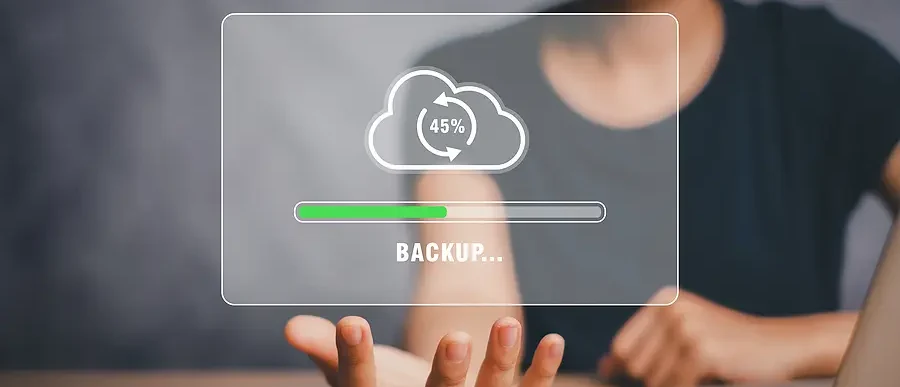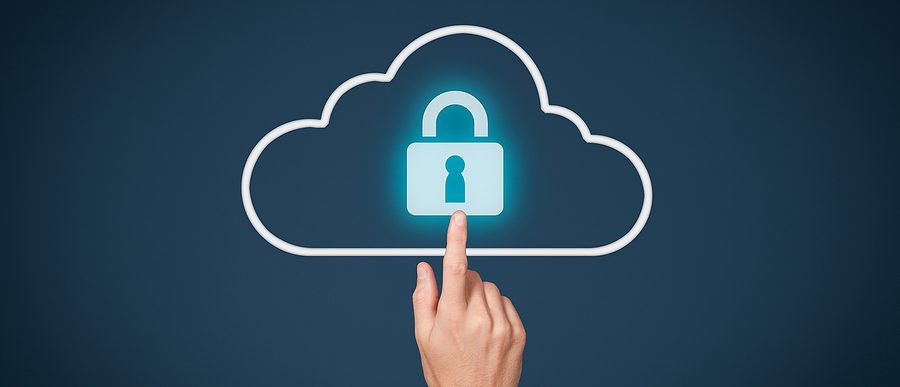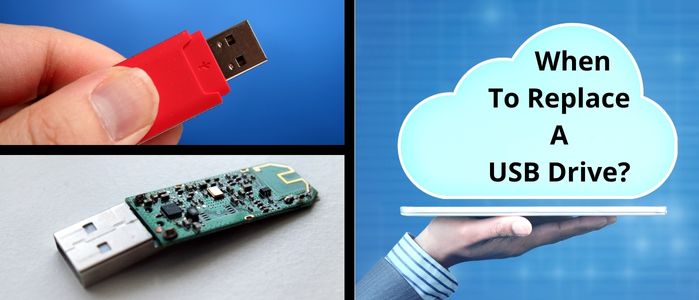
The first USB drive was sold for commercial use in the year 2000. More than 20 years later and the technology is still widely used today. These pocket-sized storage devices have changed the way we store and transport information permanently. You’d be hard pressed to find a single office these days that isn’t using these devices.
As revolutionary as USB drives are, they aren’t immune to failure. While these devices are certainly convenient, it’s always important to have secure backups whenever possible. Relying too heavily on one method can put your data at risk. We’d like to discuss some of the warning signs of a failing USB, when to replace a USB, and some of the newer methods that may replace your USB altogether.
USB Drives and Solid State Technology
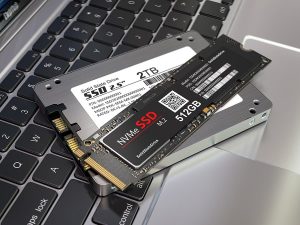 While the convenience of modern flash drives is hard to match, they aren’t without their flaws. Since there are no moving parts in flash drives, this makes them fairly reliable. However, not all manufacturers use the same quality controls or processes. For this reason it’s always best to trust a reliable company when purchasing a drive that will house critical data.
While the convenience of modern flash drives is hard to match, they aren’t without their flaws. Since there are no moving parts in flash drives, this makes them fairly reliable. However, not all manufacturers use the same quality controls or processes. For this reason it’s always best to trust a reliable company when purchasing a drive that will house critical data.
Many people are also unaware that USB drives have a finite lifespan in terms of how many reads and writes are available. USB drives use solid state technology, which is often more reliable than older hard disk drive technology. By eliminating the moving components, these devices are often less prone to mechanical failures. However, the downside is that you are limited to the number of times data can be written and rewritten on the circuitry.
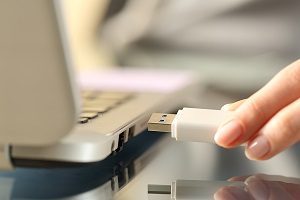 The general rule of thumb is between 10,000 and 100,000 write/erase cycles per drive. That’s quite a large variance, which is why buying a quality product matters. The wear and tear will also depend on the complexity of the data stored within. It can be hard to know when the cycle is beginning to degrade. It’s possible that the drive could just stop functioning one day, which is why you always need several secure backups.
The general rule of thumb is between 10,000 and 100,000 write/erase cycles per drive. That’s quite a large variance, which is why buying a quality product matters. The wear and tear will also depend on the complexity of the data stored within. It can be hard to know when the cycle is beginning to degrade. It’s possible that the drive could just stop functioning one day, which is why you always need several secure backups.
Signs of a Failing USB Drive
While it’s possible for a USB drive to stop functioning unexpectedly, there are usually a few warning signs before it becomes non-functional. You’re likely not keeping track of the number writes and rewrites, but there are a few warning signs to look out for. ALWAYS make sure you eject your drive properly, and be aware of changes in performance.
Slow Transfer Speeds
 Modern USB drives are very fast, especially newer USB 3.0 drives. If you start to notice file transfers are taking longer than expected or getting hung up, it may be a sign of failure. Try plugging your drive into a different port. Plugging a USB 3.0 into a 2.0 port may also account for slow-downs. So pay attention to those discrepancies before assuming the drive has failed.
Modern USB drives are very fast, especially newer USB 3.0 drives. If you start to notice file transfers are taking longer than expected or getting hung up, it may be a sign of failure. Try plugging your drive into a different port. Plugging a USB 3.0 into a 2.0 port may also account for slow-downs. So pay attention to those discrepancies before assuming the drive has failed.
Frequent Error Messages
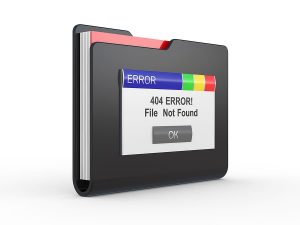 This is probably the biggest red flag when using a USB drive. If you start to get error messages regarding reading or copying data, this is a good sign that your USB drive may be failing. It’s possible this can happen when the drive is inserted or removed improperly, so don’t worry unless the error messages become more frequent.
This is probably the biggest red flag when using a USB drive. If you start to get error messages regarding reading or copying data, this is a good sign that your USB drive may be failing. It’s possible this can happen when the drive is inserted or removed improperly, so don’t worry unless the error messages become more frequent.
Inconsistent or Inaccurate Storage Capacity
 When a USB drive is brand new or reformatted, it should show you a reasonably close estimate to how much storage is available. If you start to see discrepancies in large amounts, it could mean that parts of the storage circuitry have become damaged or inaccessible. This is often not the most obvious flaw, as most drives are not wiped or reformatted on a regular basis.
When a USB drive is brand new or reformatted, it should show you a reasonably close estimate to how much storage is available. If you start to see discrepancies in large amounts, it could mean that parts of the storage circuitry have become damaged or inaccessible. This is often not the most obvious flaw, as most drives are not wiped or reformatted on a regular basis.
Cloud Storage May Be a Better Alternative
 As technology progresses, cloud storage may be a better option for you. Let’s face it, USB drives are small and can get lost or damaged. Cloud services almost eliminate the possibility of data loss due to mechanical failure or losing the device itself. You’ll be able to retrieve your data anywhere that you have an internet connection.
As technology progresses, cloud storage may be a better option for you. Let’s face it, USB drives are small and can get lost or damaged. Cloud services almost eliminate the possibility of data loss due to mechanical failure or losing the device itself. You’ll be able to retrieve your data anywhere that you have an internet connection.
Even if you’re still insistent on using physical storage devices, a cloud service can be a way to provide yourself with another fail-safe. The industry rule for data backup is called the 3-2-1 method. Three copies of the data, on two different mediums, with one being offsite. Using a cloud storage provider can actually check two of those boxes.
 Even if your device is lost or damaged, it’s very unlikely that the cloud copies will be compromised. In the unlikely event of a failure of the cloud service itself, providers these days have a number of redundancies in place to prevent actual data loss. Cloud services are cheap and secure, and you won’t have to worry about losing or misplacing a physical device. Your business won’t miss a beat regardless of where you are, or where your devices live.
Even if your device is lost or damaged, it’s very unlikely that the cloud copies will be compromised. In the unlikely event of a failure of the cloud service itself, providers these days have a number of redundancies in place to prevent actual data loss. Cloud services are cheap and secure, and you won’t have to worry about losing or misplacing a physical device. Your business won’t miss a beat regardless of where you are, or where your devices live.
Record Nations Can Help You With Modern Back-Up Solutions
It’s important to make sure your valuable information is available when you need it. A failed hard drive or USB device shouldn’t slow you down. Record Nations partners with some of the most cutting edge cloud service providers on the market. Let us guide you through the process of making sure that your data is never lost due to a mechanical failure.
Start the process by filling out the form, using the live chat button, or giving us a call at (866) 385-3706. Afterwards, you’ll receive quotes from top professionals in your area, and you can choose the best option to suit your needs.





